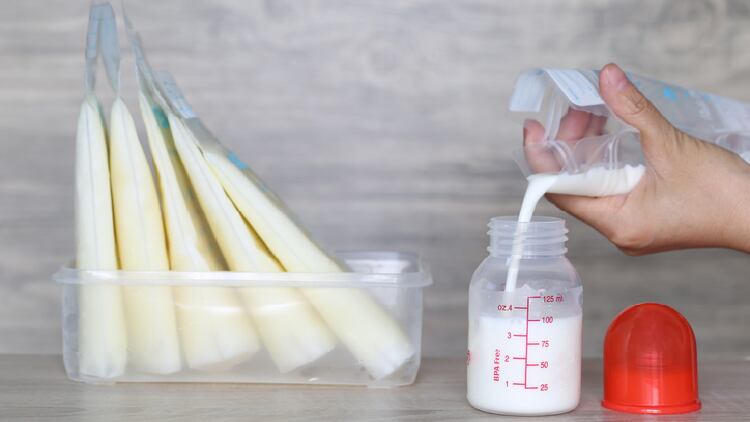For these groups, other HMOs, namely Lacto-N-Tetraose (LNT) and Lacto-N-fucopentaose I (LNFP I) were in higher amounts than 2’-FL in colostrum – milk produced in the first few days after giving birth.
In the case of Chinese mothers from Malaysia, their 2’-FL concentration on day 2 of the delivery was 2249 ± 1764, while their LNT was slightly higher at 2393 ± 2182 and LNFP I at 3563 ± 1920.
For Japanese, their 2’-FL concentration on day 2 of the delivery was even lower than the Malaysian Chinese at 2010 ± 1070. Their most abundantly available HMO at this stage was LNFP I at 2080 ± 1670.
In contrast, data from seven European countries showed that the Europeans had much higher 2’-FL concentration at 3691 ± 1941 during the third day after delivery. Their LNFP I and LNT were lower at 1928 ± 903 and 912 ± 802 respectively.
Generally, 2’-FL is the most common HMO, accounting for 20 to 40 per cent of the total HMOs.
HMOs are complex sugars that are the third most abundant solid component of human milk, after lactose and lipids. It tends to reduce in concentration throughout lactation.
2’-FL is commonly found in infant formula products and has been shown to reduce the growth of pathogens and is associated with growth in infancy and early childhood.
The other major HMOs in the colostrum include Lacto-N-difucohexaose I (LNDFH I), LNT, LNFP I, and 3-FL, with each accounting for 10 to 30 per cent of the total HMOs.
The differences in HMOs amongst mothers from different countries are based on a review of existing scientific studies by researchers from Yili, The University of Auckland and AgResearch.
Writing in Nutrients, they reviewed over 30 reports on HMOs reported in the last 20 years.
Other differences
Within Asia, there were also differences seen in 2’-FL levels as lactation progressed.
For instance, China mothers were found to produce lesser 2’-FL as compared to their counterparts from Singapore and Malaysia two months into lactation.
The 2’-FL concentration in their breast milk was 1176 ± 1019, while that of mothers from Singapore and Malaysia were 1764 ± 635 and 1286 ± 1034 respectively.
As compared to Asian mothers, the European mothers continued to produce higher concentration of 2’-FL in their breast milk at 2075 ± 840.
2’-FL Vs 3-FL
On the other hand, different HMOs were shown to be predominant over the course of lactation.
At early stages of lactation, 2’-FL is the most abundant HMO in breast milk, while 3-FL would take over as the major HMO during late lactation.
“Most HMOs declined as lactation progressed, except for 3-FL, which was negatively correlated with 2′-FL.
“This correlation is demonstrated by the collective data from the studies carried out between 1999–2015 and two recent studies [published in 2018 and 2016].
“Such a strong association indicates a co-regulation between the enzymes responsible for the synthesis of 2′-FL and 3-FL or competition for a limited supply of the same substrate, such as guanosine 5′-diphosphate (GDP)-l-fucose,” the researchers said.
Source: Nutrients
Changes in HMO Concentrations throughout Lactation: Influencing Factors, Health Effects and Opportunities
https://doi.org/10.3390/nu13072272
Authors: Thum and et al





